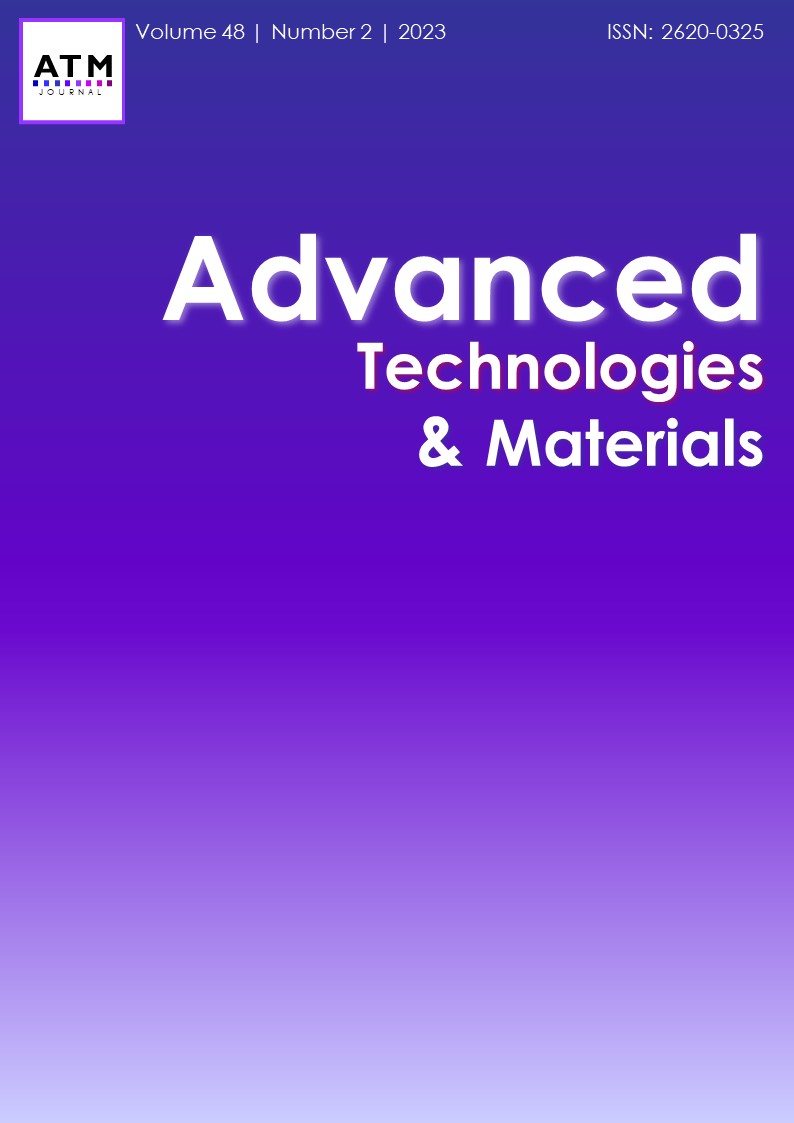Influence of Strain Rate on Metallurgical and Mechanical Properties of Friction Stir Spot Welded Aluminium Joints
Published 2023-12-18
abstract views: 179 // Full text article (PDF): 146
Keywords
- Friction stir spot welding,
- Residual oxide defects,
- Al-Mg alloy,
- Thermal softening,
- Dynamic precipitation
How to Cite

This work is licensed under a Creative Commons Attribution 4.0 International License.
Abstract
Nowadays, the substitution of copper with aluminium is widely pursued in order to save weight and material costs, for battery components and wire connectors. Additionally, cost reductions can be further enhanced with effective reduction of energy consumption through efficient manufacturing. Therefore, friction stir spot welding as a solid-state welding technique is a potential choice with low energy demands and high joining performances. However, the joining of aluminium and its alloys with solid-state welding techniques is still a challenging task due to a persistent and chemically stable aluminium oxide layer formed at the sheets prior to the welding, due to the reaction between aluminium and atmospheric oxygen. In this paper, the influence of strain rate induced during friction stir spot welding process on the metallurgical, mechanical and electrical properties of friction stir spot welding of AA 5754-H111 was studied. The strain rate was calculated according to the rotational speed of the tool and the effective (average) radius and depth of the stir zone. It was observed that the specimens welded with a lower strain rate endured a 15 % higher average strain failure load compared to the specimens welded at a higher share rate. The microhardness profiles of the specimens obtained at low strain rates imply strain hardening mechanisms in the weld zone, while the microhardness of specimens welded at high strain rates expressed thermal softening. It was also found that the friction welded sheets, regardless of the strain rate, show increased electrical resistance compared to the base material, however, it decreases with an increase in strain rate. Microstructural analysis reveals a stress-induced metallurgical transformation in the narrow zone around the weld-faying interface.


